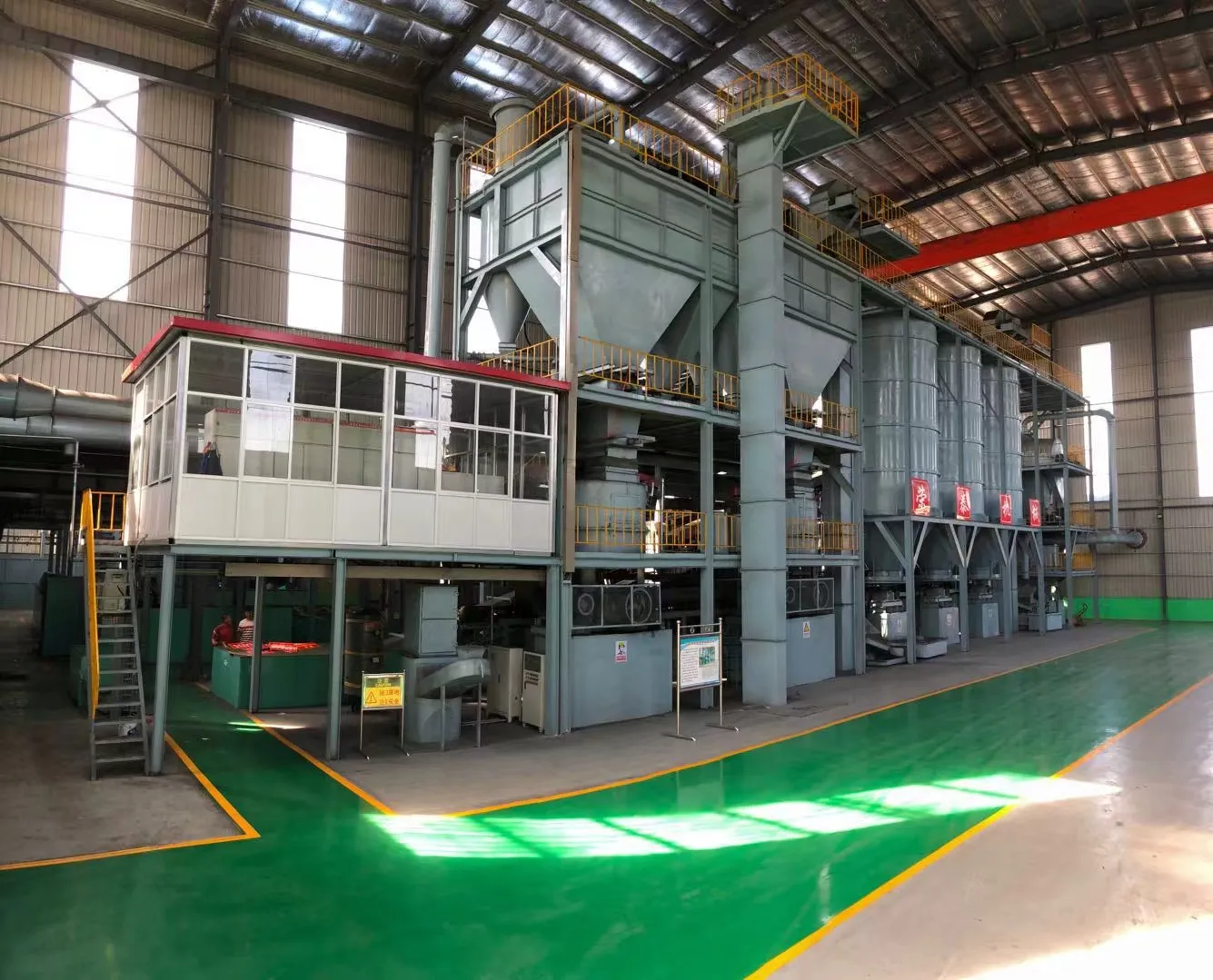Exploring the Importance of Manhole Steps in Urban Infrastructure and Safety Standards
Understanding the Importance of Manhole Steps
When we think of urban infrastructure, manholes are often overlooked yet play a crucial role in the functioning of our cities. They are essential access points to underground utilities, including sewer systems, water lines, and telecommunications. One of the key features that aid in accessing these underground systems is the manhole step.
Manhole steps, typically made of metal or reinforced plastic, are integrated into the design of manholes to provide safe entry and exit for workers. They are crucial for the following reasons
Safety First
The primary purpose of manhole steps is to ensure safety. Utility workers often have to descend into dark, cramped, and potentially hazardous spaces to perform inspections, maintenance, or repairs. Without well-placed steps or ladders, these tasks can become extremely dangerous. The steps provide stability and a secure footing, enabling workers to focus on their jobs rather than worrying about how to navigate the descent or ascent safely.
Standardization and Design
Manhole steps come in various designs and materials, but they all share some common features. Most importantly, they are designed to conform to safety regulations and industry standards. This standardization is crucial for ensuring that workers can rely on the steps, regardless of which city or utility company they are working for. A uniform design helps minimize accidents and provides a level of predictability in a profession where many variables are already in play.
Materials Matter
manhole step

The materials used for manhole steps are chosen carefully
. Traditionally, cast iron has been the go-to material due to its durability and strength. However, modern alternatives such as fiberglass-reinforced plastic are gaining popularity. These materials can offer advantages such as corrosion resistance and lighter weight, which can be particularly useful in areas with high moisture levels or corrosive environments.Maintenance Considerations
While manhole steps are designed for durability, they still require regular maintenance. Over time, corrosion, wear and tear, or biological growth can compromise their integrity. Regular inspections and maintenance ensure that any wear is promptly repaired or replaced to maintain safety standards. Moreover, utility companies must keep records of inspections to comply with legal and safety regulations.
A Broader Perspective
The design and functionality of manhole steps also reflect broader themes in urban planning and infrastructure development. As cities become more populated and infrastructure becomes more complex, the importance of safe access points will only grow. Innovating and upgrading manhole designs to incorporate advanced features—such as slip-resistant surfaces or built-in lighting—could further enhance safety and efficiency.
Conclusion
In conclusion, manhole steps may be small components of a much larger infrastructure system, but their significance is undeniable. They provide essential access for utility workers, ensuring that they can perform their jobs safely and effectively. As cities continue to evolve, the importance of these seemingly mundane structures will only increase. Investing in better materials, design, and maintenance practices will ultimately lead to safer urban environments, benefiting everyone who lives and works within the city limits.
-
Square Sewer Cover Enhances Urban SafetyNewsAug.01,2025
-
Pipe Fitting Requires Precise AlignmentNewsAug.01,2025
-
Manhole Step Is DurableNewsAug.01,2025
-
Manhole Cover Is Found WorldwideNewsAug.01,2025
-
Hole Cover Frame On RoadsNewsAug.01,2025
-
Gully Grate Improves Road SafetyNewsAug.01,2025
-
Man Hole Cover Round Load CapacityNewsJul.31,2025
